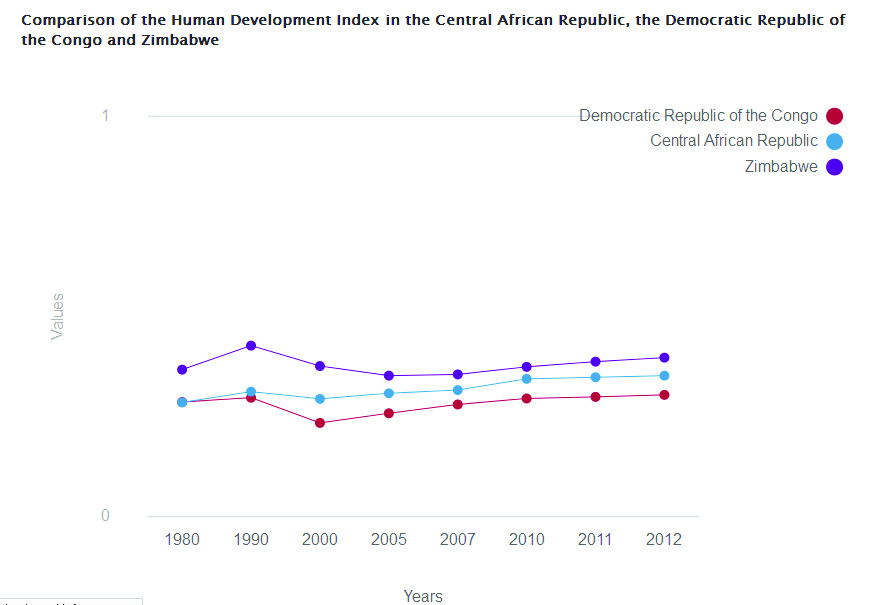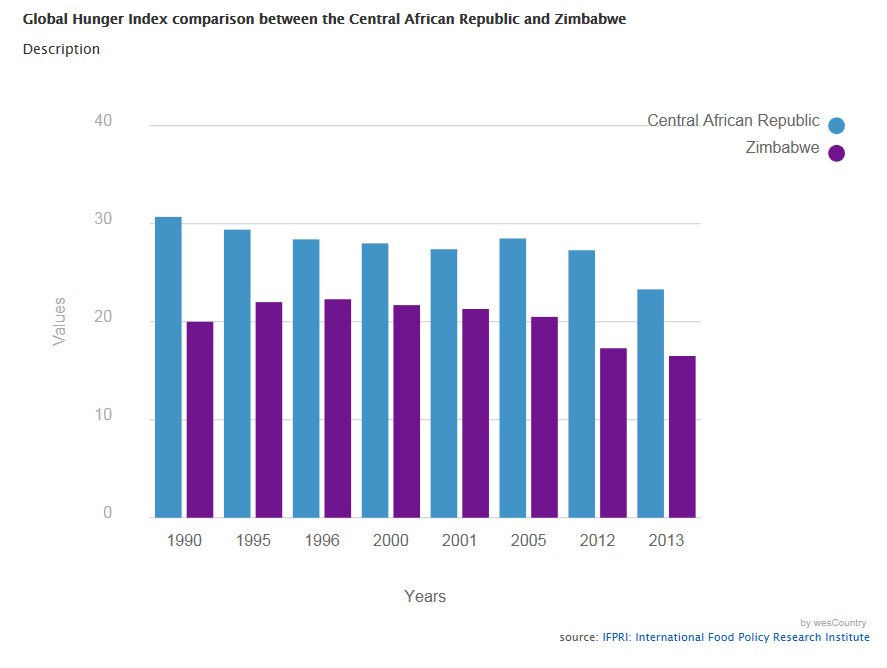At the end of September, the global land community met in Bern, Switzerland for the 2nd International Conference on Community Land Rights, to tackle some of the most pressing issues facing those who rely on access to community lands for their livelihoods. Discussions at the conference focused on the perpetual divide between indigenous peoples and governments with regard to land ownership. Governments continue to claim land inhabited by indigenous peoples and local communities, which has led to serous conflict in many countries, and in most cases the governments win, resulting in the forced eviction and displacement of peoples. This conference was in part an effort to bridge this divide, but also an opportunity for those working on land issues, in particular civil society on those who support them, to gather, build linkages and explore opportunities to collaborate.
At this conference, the Rights and Resource Initiative launched the major new study 'Who Owns the World’s Land? A global baseline of formally recognized indigenous & community land rights.' The study concludes that weak land tenure is correlated with threats to food security, a reduced potential for economic development, undermining national and regional political stability and environmental degradation. A shocking but perhaps not surprising hypothesis of the study is that a lack of land rights may lead to failed states.
Covering 64 countries and accounting for 82 percent of the global land area, the study finds that indigenous peoples and local communities lack legal rights to almost 75% of their traditional lands, and that these communities hold as much as 65 percent of the world’s land area through customary, community-based tenure systems. Yet, national governments recognize only a tiny fraction of these lands.
Interestingly, Indigenous Peoples and local communities in four of these countries - Papua New Guinea (97 percent), Tanzania (75 percent), Uganda (67 percent), and Turkmenistan (64 percent) - own or control more than 60 percent of the land area.
The report highlights the situation in 12 countries that are on the World Bank’s list of fragile states (Central African Republic, Chad, Democratic Republic of the Congo, Iraq, Liberia, Libya, Myanmar, South Sudan, Sudan, Timor-Leste, Yemen, and Zimbabwe). In these countries, an average of 98.1% of the land is owned by the government or private individuals. In fact, In 10 of these countries, almost 100 percent of the territory is owned by the government or the private sector and not by the people who live there.
Let's look at some data on the Land Portal to further elucidate the problems facing some of these fragile states.

As you can see, a comparison of the UNDP Human Development Index from 1980-2012 shows that development was muted for more than the past three decades in the Central African Republic, the Democratic Republic of the Congo and Zimbabwe.

If we look at the IFPRI Global Hunger Index from 1990-2013 for the Central African Republic and Zimbabwe, we see that hunger does persist at 23% and 17% respectively. One of the common factors among these most fragile states is a lack of good governance, and in particular land governance, which translates into a lack of development, conflict, continued societal division, and ultiimately to serious and continued human suffering.
One of the positive notes of the from the study is that there are equitable laws governing the land rights of indigenous and local peoples on the books in many of these countries, but they are not being enforced or are being ignored. The RRI study shows that when Indonesia invalidated government control of customary forests in 2013, the amount of land controlled by indigenous peoples increased from a tiny .25% to 23%. Governments need to live up to the laws they have created and treat their indigenous communities in a just and responsible manner.
A major outcome of the event is a Global Call to Action on indigenous and community land rights, with the target of doubling the land area recognized as owned or controlled by indigenous peoples and local communities by 2020. One of the objectives of this call is to develop tools and make them more widely available to advocates and actors. The Land Portal is precisely such a tool that can be used to support the rights of indigenous peoples and communities through linked open data that leads to greater transparency. The Land Portal can also be a catalyst to help communities collect and make available data on community land rights, while bringing their views to the forefront of the international debate via the Land Debate feature on this website, as well as by promoting their news and publications.
If you would like your community or organization to benefit from any of the tools the Land Portal has to offer, please contact info@landportal.info.
The conference was co-organized Helvetas Swiss Intercooperation, the International Land Coalition (ILC), Oxfam and the Rights and Resources Initiative.

